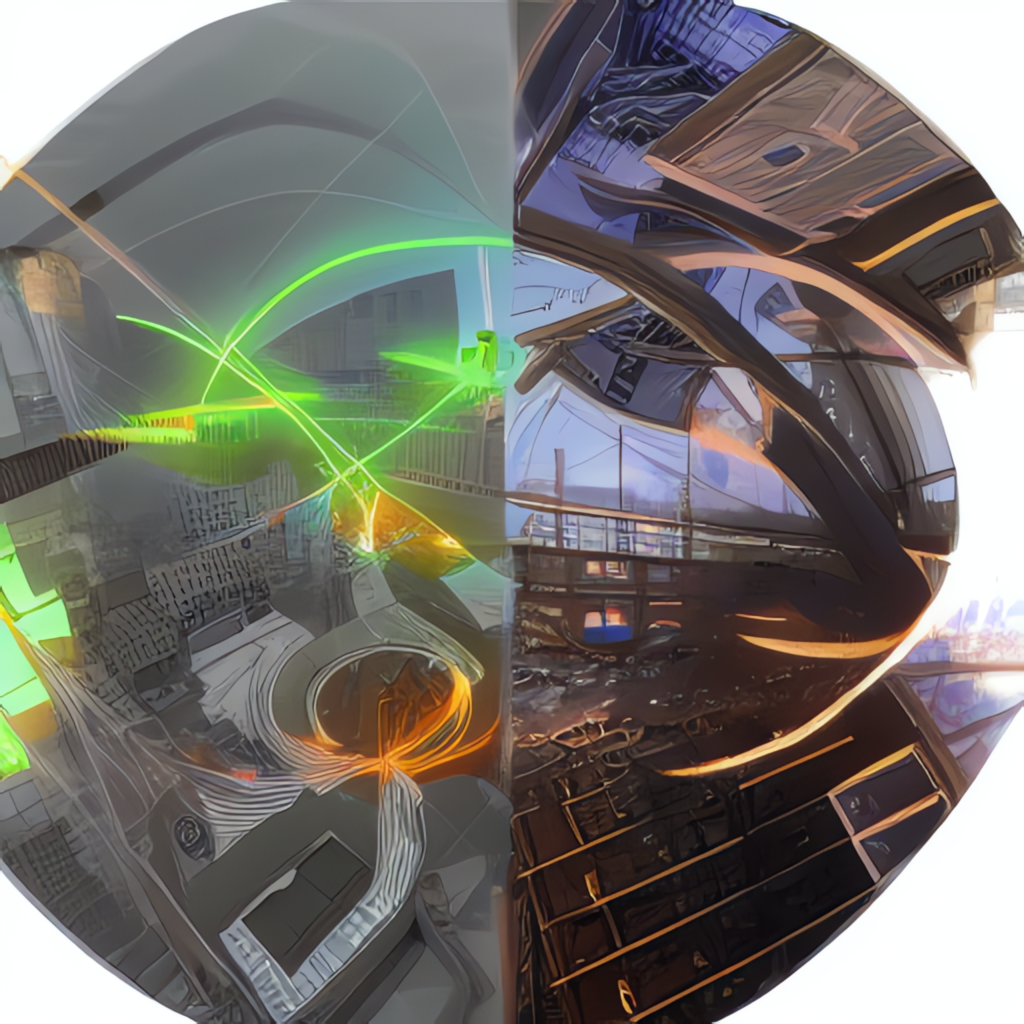Metaverse platforms are virtual worlds that allow users to interact with each other and with artificial intelligence in a fully immersive way. These platforms can be accessed through a variety of devices, including VR headsets, computers, and smartphones.

One of the most well-known Metaverse platforms is Second Life, which was released in 2003. In this platform, users can create and customize their avatars and explore a vast virtual world filled with user-created content. Users can also buy and sell virtual goods and services, and even make real money through the platform’s economy.
Another popular Metaverse platform is VR Chat, which allows users to interact with each other in a variety of virtual environments. The platform has a simple interface and is easy to use, making it accessible to users of all skill levels.
There are also a number of Metaverse platforms that are designed specifically for gaming. These platforms allow users to play VR games and interact with other players in a fully immersive way. Some examples of these platforms include Oculus Rift, PlayStation VR, and HTC Vive.
While Metaverse platforms offer a wide range of exciting and innovative features, they are not yet interconnected. This means that users cannot easily move between different Metaverse platforms or share their experiences with others. This is largely due to the fact that each platform has its own proprietary hardware and software, making it difficult for users to access other platforms without purchasing additional hardware or software.
This lack of interoperability is a significant limitation of Metaverse platforms, as it prevents users from fully exploring the potential of the Metaverse. Many experts believe that the future of the Metaverse will involve a more interconnected and seamless experience, with users able to move freely between different platforms and share their experiences with others.
One way that Metaverse platforms are attempting to address this issue is by developing cross-platform compatibility. This allows users to access certain features or content from one platform on another platform, although it is still limited in scope.
Another way that Metaverse platforms are attempting to address the issue of interoperability is through the development of open standards. These standards allow different platforms to communicate with each other and exchange data in a more seamless way. However, the adoption of open standards is still in its early stages, and it remains to be seen how successful it will be in addressing the issue of interoperability.
In conclusion, Metaverse platforms are virtual worlds that allow users to interact with each other and with artificial intelligence in a fully immersive way. While these platforms offer a wide range of exciting and innovative features, they are currently not interconnected and most require their own bespoke hardware. The lack of interoperability is a significant limitation of Metaverse platforms, but there are efforts underway to address this issue through the development of cross-platform compatibility and open standards.